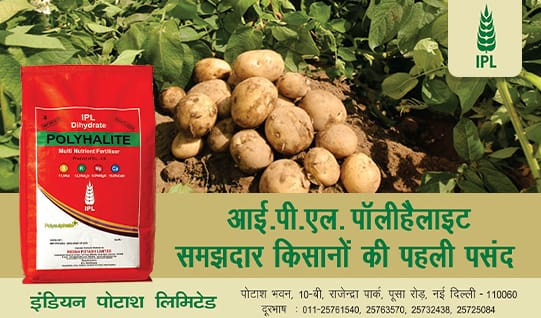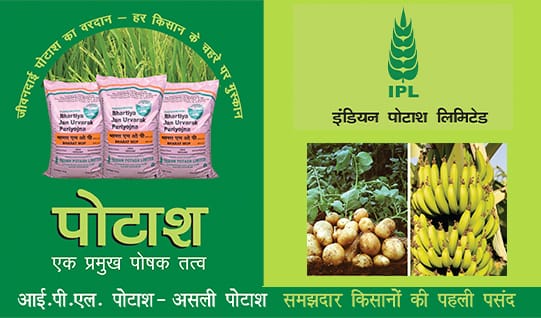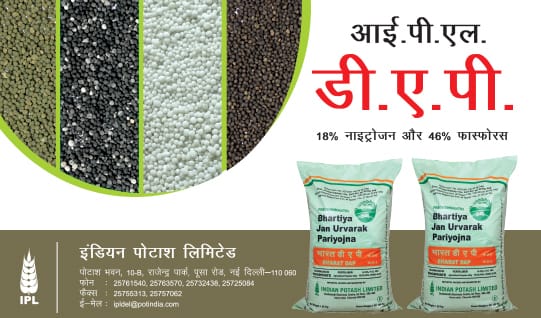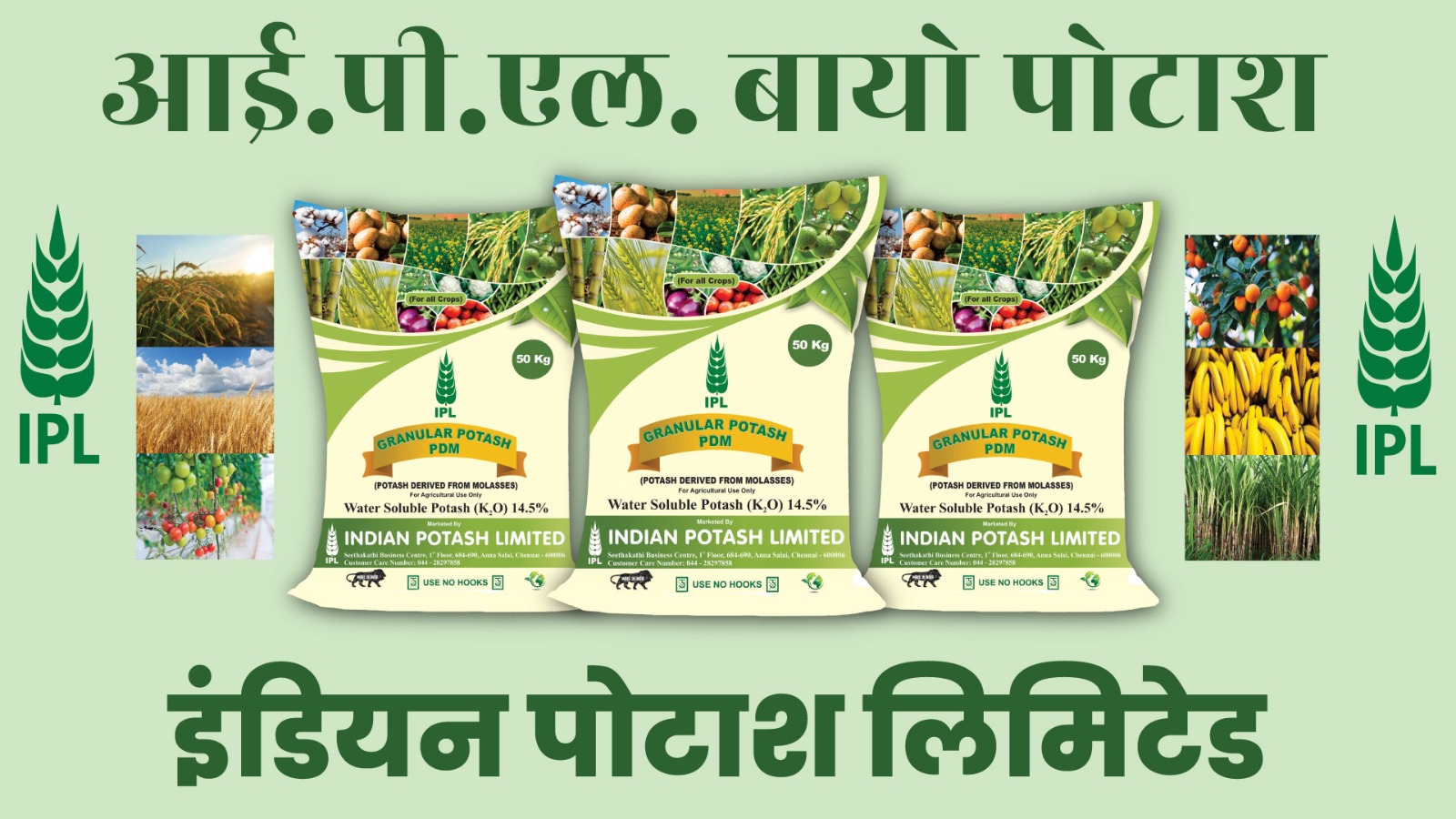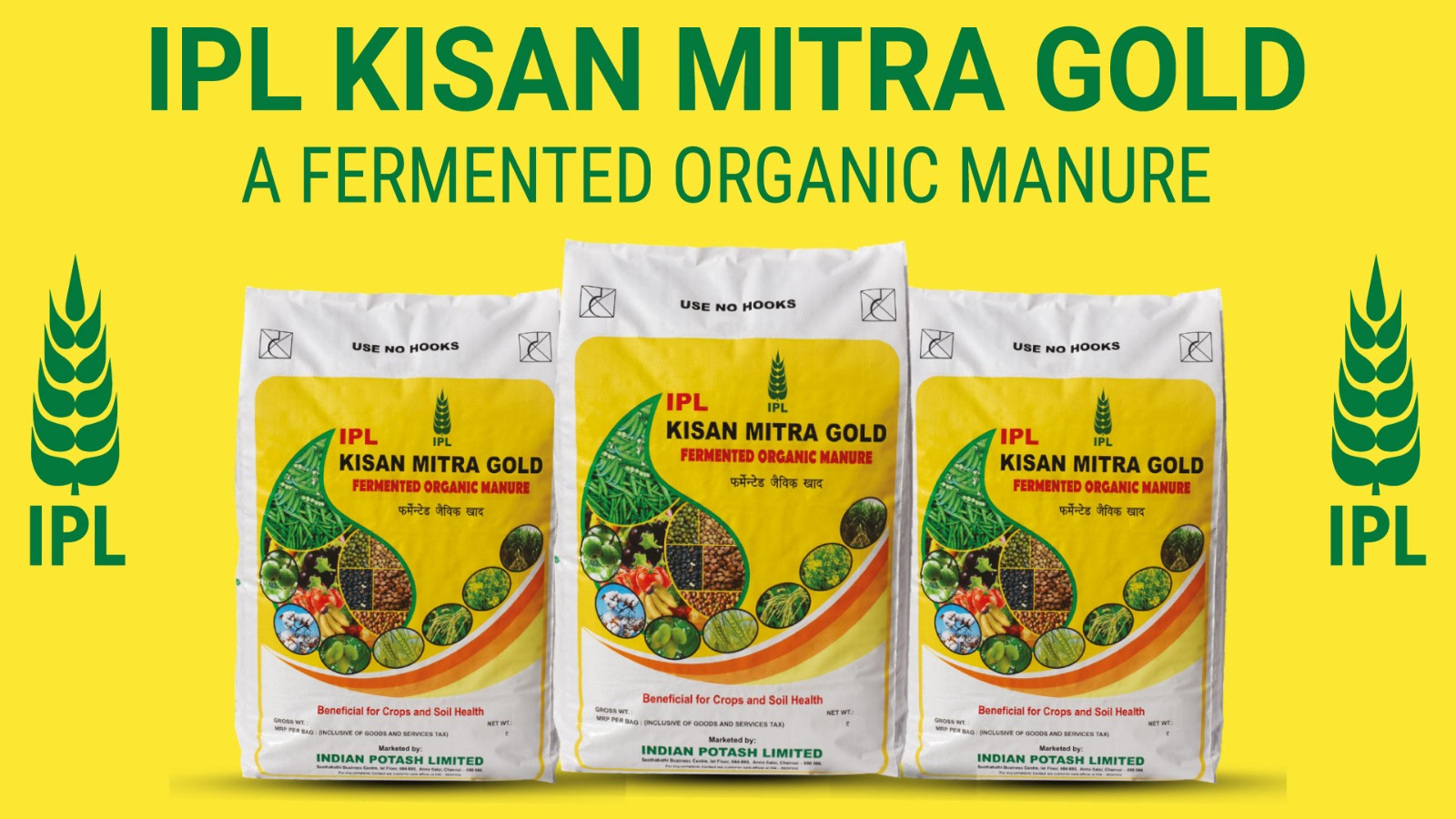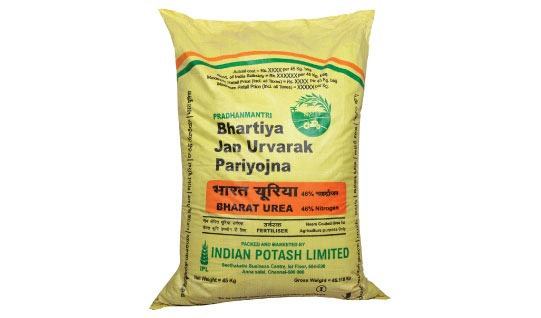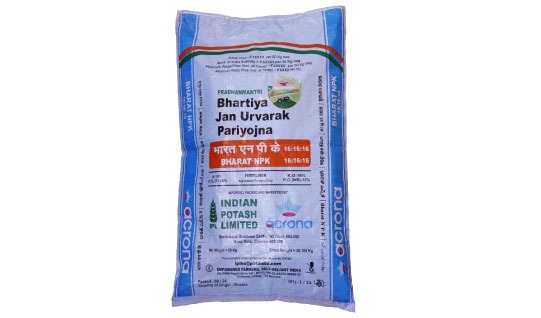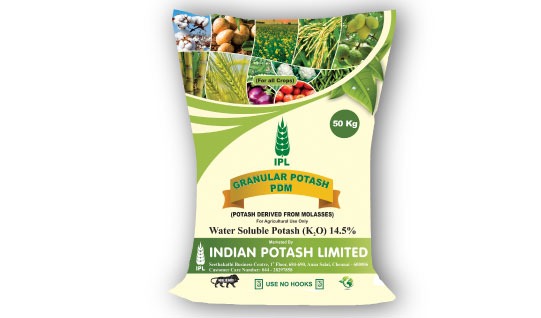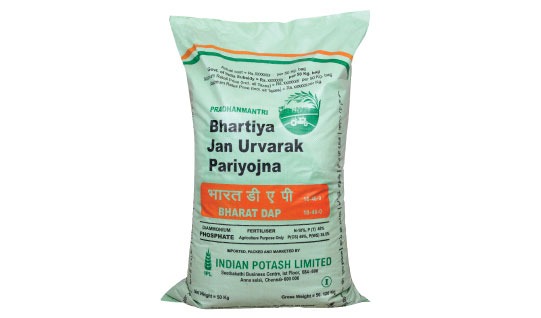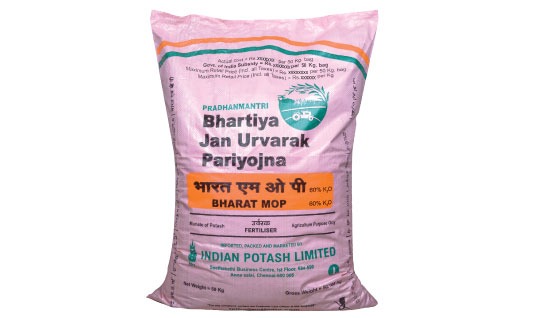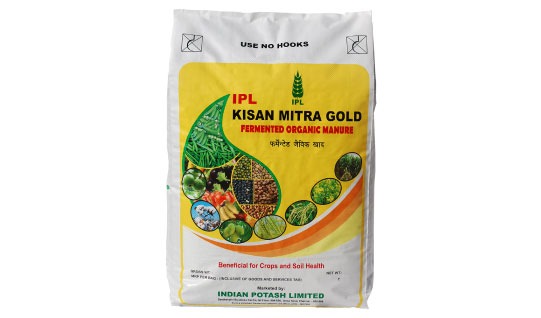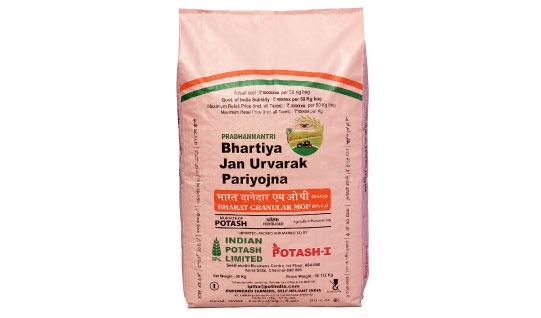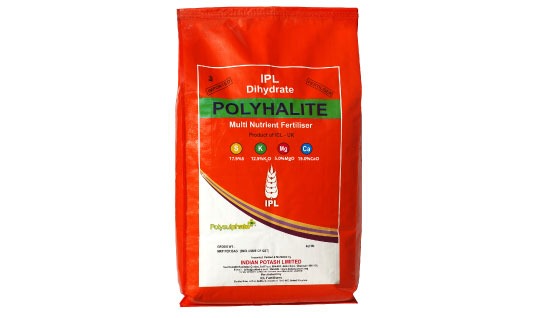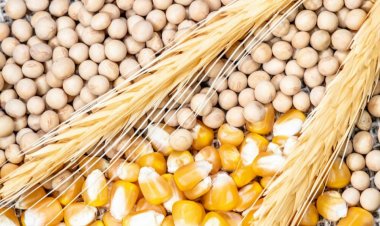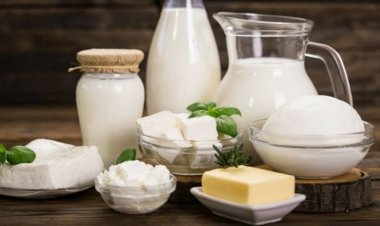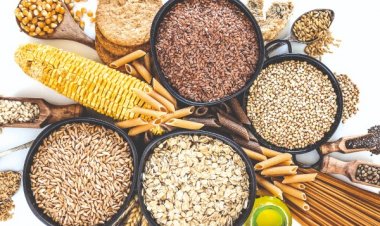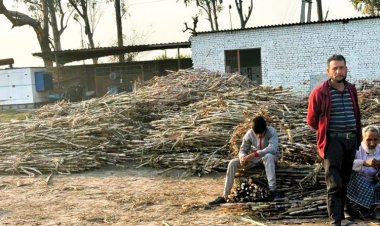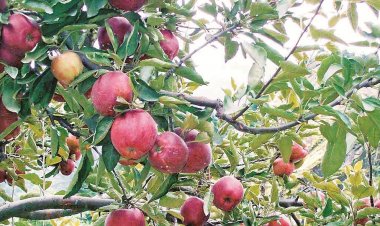Global Food Price Index Rises Slightly in June Amid Surge in Dairy, Meat, and Vegetable Oil Prices
Global food prices rose slightly in June 2025, driven by higher meat, dairy, and vegetable oil costs, according to FAO. While cereal and sugar prices declined due to improved harvests and supply, dairy and meat prices hit new records amid tight availability. Vegetable oils surged on biofuel demand. Overall, food prices remain well below the 2022 peak.

Global food prices edged up slightly in June 2025, according to the latest data from the Food and Agriculture Organization (FAO) of the United Nations, driven primarily by rising costs of meat, dairy, and vegetable oils. The FAO Food Price Index (FFPI) averaged 128.0 points in June, a modest increase of 0.7 points (0.5 percent) from May, but 5.8 percent higher than in June 2024. Despite the uptick, prices remained 20.1 percent below the record highs of March 2022.
Cereal Prices Continue Downward Trend
While the headline index rose slightly, commodity-specific movements showed a mixed pattern. The FAO Cereal Price Index declined by 1.5 percent from May, averaging 107.4 points in June. It was also 6.8 percent lower year-on-year. The drop was led by a sharp fall in global maize prices for a second straight month, attributed to strong seasonal supply from Argentina and Brazil, intensifying competition in the global market.
Prices for sorghum and barley also dropped. However, wheat prices bucked the trend, rising slightly amid weather concerns in major producers such as Russia, the European Union, and the United States, despite seasonal harvest pressures. Rice prices dipped by 0.8 percent, mainly due to waning demand for Indica varieties.
Vegetable Oil Prices Climb
The Vegetable Oil Price Index rose 2.3 percent to 155.7 points, driven by gains in palm, rapeseed, and soy oils. Palm oil prices surged nearly 5 percent, supported by robust import demand and price competitiveness. Soy oil benefited from expectations of stronger biofuel sector demand, particularly after policy support announcements in Brazil and the U.S. Rapeseed oil saw price gains amid concerns over limited global supply for the 2025/26 season. Conversely, sunflower oil prices fell, with forecasts of a bumper harvest in the Black Sea region.
Dairy Prices Show Resilience
The Dairy Price Index inched up by 0.5 percent to 154.4 points, marking a significant 20.7 percent increase from June 2024. Butter prices led the rise, jumping 2.8 percent to a record 225 points, due to limited output in Oceania and the EU, and solid import demand from Asia and the Near East. EU milk production was hampered by environmental regulation-linked herd reductions and the lingering impact of bluetongue virus outbreaks. In the U.S., low butter production and depleted stocks added upward pressure.
Cheese prices also rose for a third straight month, supported by strong retail and foodservice demand in East Asia. However, skim milk powder fell 0.6 percent, and whole milk powder dropped 2.3 percent, as global supplies remained ample and demand subdued.
Sugar Prices Tumble
The Sugar Price Index fell sharply by 5.2 percent to 103.7 points, the lowest since April 2021, and its fourth consecutive monthly decline. Improved supply prospects in Brazil, where dry weather boosted harvest and sugarcane processing, contributed to the drop. Increased use of cane for sugar, rather than ethanol, also lifted output. Additionally, favorable monsoon rains and expanded crop plantings in India and Thailand have raised expectations for a robust 2025/26 harvest, further depressing global prices.
Meat Prices Reach New High
Meat prices hit a record high, with the Meat Price Index increasing 2.1 percent from May to 126.0 points, and 6.7 percent higher year-on-year. The rise was widespread across categories except poultry. Poultry prices, however, continued to fall, pressured by abundant domestic supply in Brazil, following avian influenza-related export restrictions imposed in May. These curbs were partially lifted by late June after Brazil regained its HPAI-free status, improving export outlook.
While the overall FAO Food Price Index remains significantly lower than its 2022 peak, the June 2025 report underscores the ongoing volatility in global food markets. Weather patterns, policy shifts, and disease outbreaks continue to exert strong influences on supply chains and price dynamics across major food commodities. As commodity-specific trends diverge, closely monitoring developments - particularly in climate-sensitive regions and key exporting countries - will be essential in the months ahead.
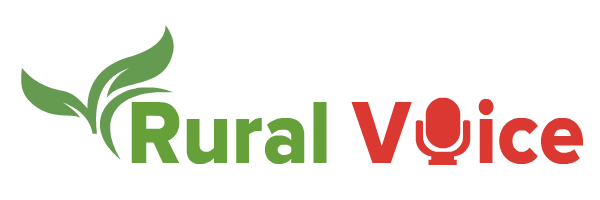


 Join the RuralVoice whatsapp group
Join the RuralVoice whatsapp group
